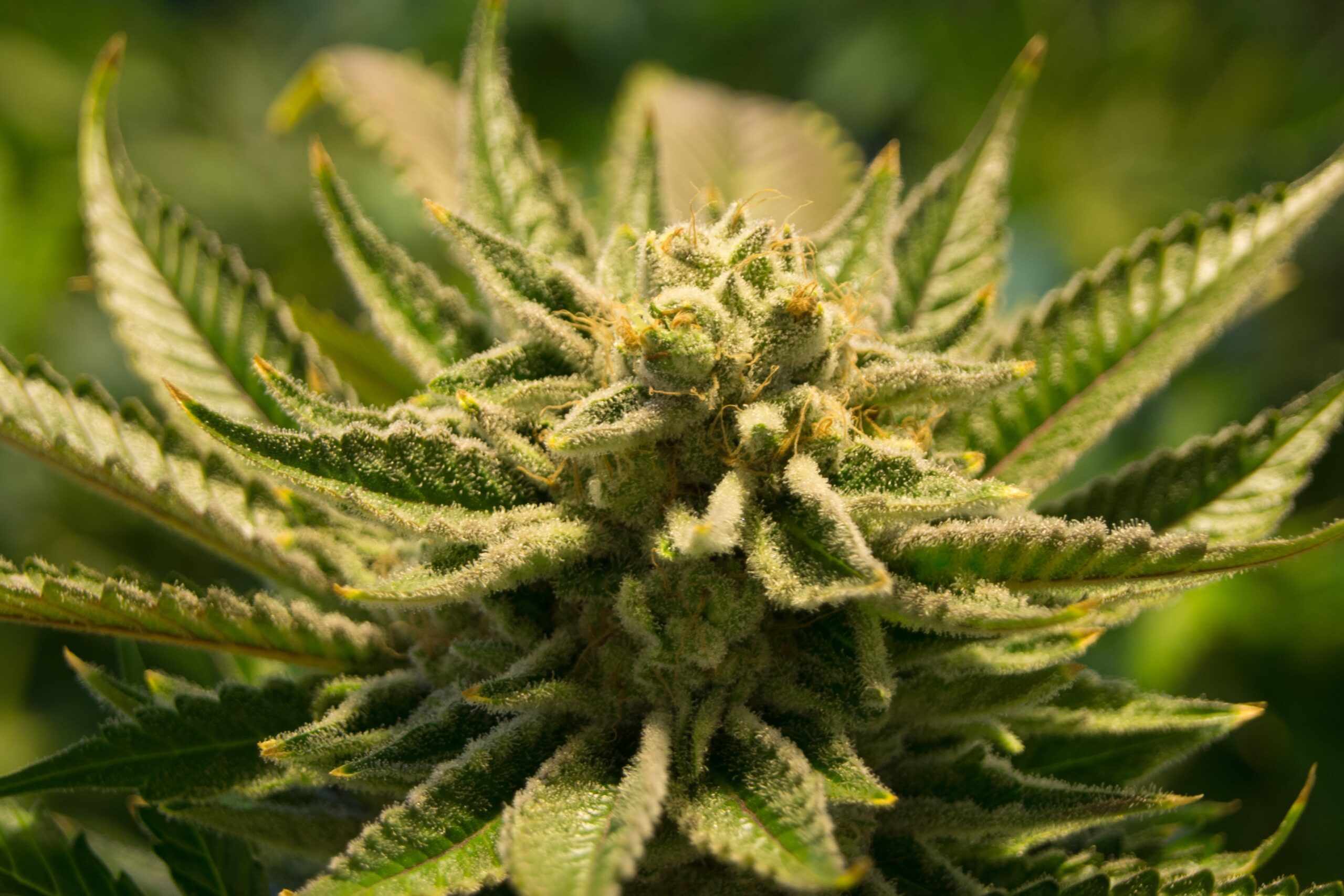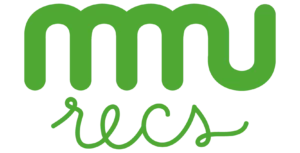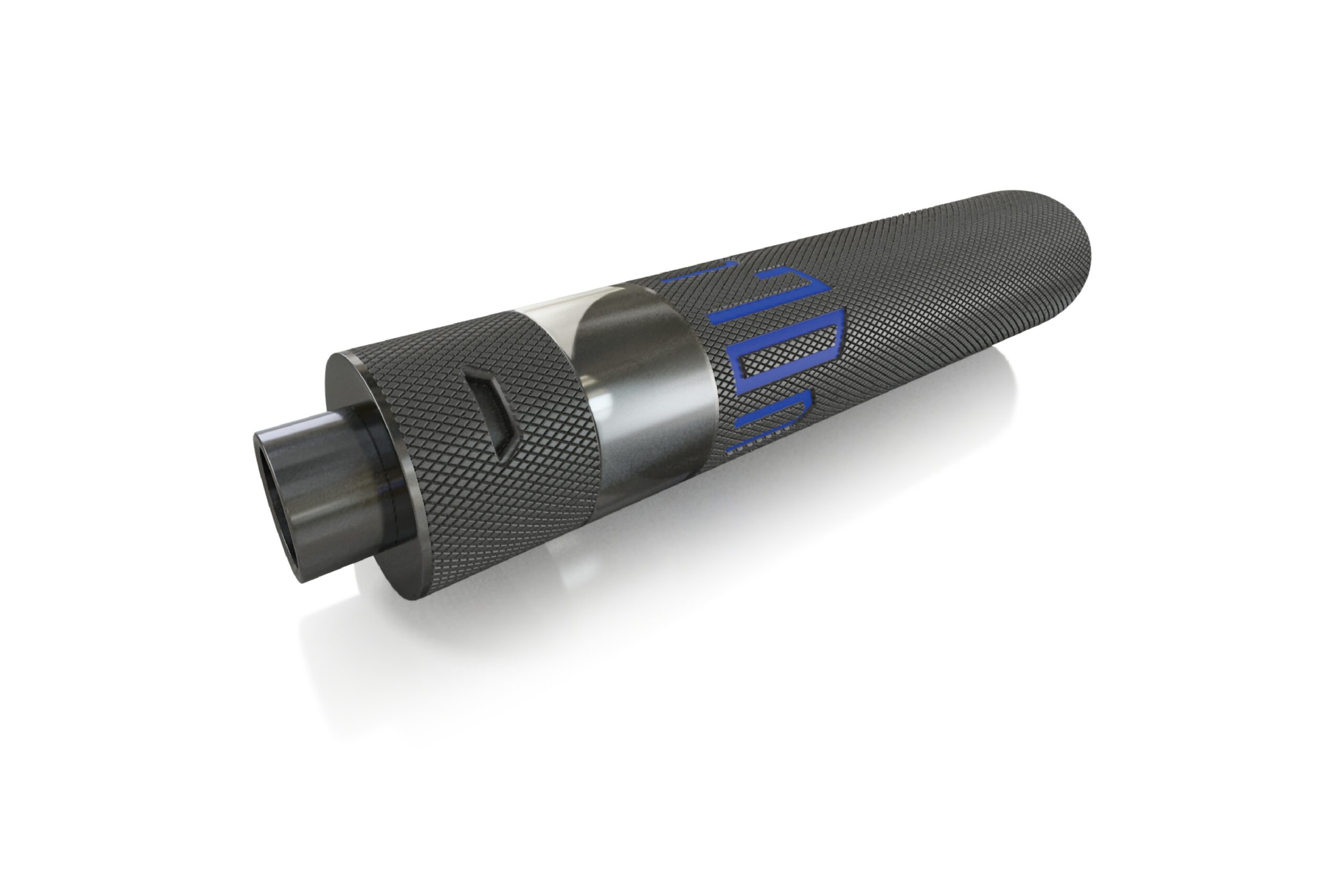New York joined the medical cannabis revolution Jan. 6, 2017, albeit quite tentatively. Its program is limited by very strict rules and regulations, with tight restrictions in every direction. Even in its tightly bound state, New York’s new MMJ program is, of course, better than nothing.
The list of medical conditions that qualify a patient to use medical cannabis in New York is much more limited than in other MMJ-friendly states. HIV and AIDS, cancer, Parkinson’s disease, multiple sclerosis, amyotrophic lateral sclerosis, spinal cord injury with spasticity, inflammatory bowel disease, epilepsy, neuropathy, Huntington’s disease, spinal cord injury with spasticity, and chronic pain are the only conditions that qualify a patient for medical marijuana use. Additionally, the patient’s condition must include as a symptom either cachexia or wasting syndrome, severe or persistent muscle spasms, nausea, seizures, or severe or chronic pain.

The Department of Health is keeping an open mind about what conditions should qualify a patient for a New York medical marijuana card.
Chronic pain only became an eligible condition on March 22, 2017. This welcome addition makes it possible for a lot more people who suffer in the state to get a New York medical marijuana card. It also shows that the Department of Health is keeping an open mind about what conditions should qualify a patient.
Regarding the addition of chronic pain to the list, Health Commissioner Howard Zucker recently said: “Improving patient access to medical marijuana continues to be one of our top priorities, as it has been since the launch of the program. These key enhancements further that goal.”
Although chronic pain has been added to the list, it was recently announced that Alzheimer’s, muscular dystrophy, dystonia, post-traumatic stress disorder and rheumatoid arthritis would not make a patient eligible. Scientists at the Department of Health researched a slew of papers and decided that evidence was not yet sufficient that these conditions would be adequately helped by medical cannabis use. However, they said that they are willing to change their mind if new research suggests otherwise.
No Smoking Medical Cannabis Allowed
The methods of medical cannabis ingestion that are allowed are also very limited. Smoking and edibles are not permitted. Only capsules or liquids and oils that can be taken from a vaporizer or inhaler are allowed.
For a patient who wishes to avail of medical marijuana in New York, they must contact a medical practitioner who is registered with the New York Department of Health’s Medical Marijuana Program. The practitioner must then decide whether medical cannabis is appropriate for the patient’s condition.
The practitioner then gives the patient a certificate. The certificate must state the authorized brand and form of medical marijuana, the administration method, and any limitations on the use of medical marijuana for that patient. If there is a recommended dosage this must also be stated on the cert, too.
Where to Buy Medical Marijuana in New York
Once the patient acquires a certificate, they must register with the Department of Health’s Medical Marijuana Program. This can be done through the department’s online Patient Registration System. Once the registration has been processed, the patient will receive a Registry Identification Card. This card enables the purchasing of medical marijuana products at registered dispensaries.
Dispensaries are located all over the state. See a list of New York MMJ dispensaries here. All dispensaries stock two state-mandated medical cannabis products: one with an equal THC-to-CBD ratio, and one with a low-THC-high-CBD ratio. Each dispensary also stocks a variety of other MMJ products with varying THC to CBD ratios. Prices and opening hours vary amongst dispensaries, and many offer home delivery services. A patient may purchase up to a 30-day supply of medical cannabis products at a time. A patient can buy their medical marijuana products from any dispensary in New York.
Patients with MMJ cards from other states may not use them to purchase medical marijuana in New York.
Unfortunately, home cultivation is not allowed.
A patient can have up to two caregivers. A caregiver must be over 21 and either a parent or guardian of the patient, a person designated by a parent or guardian, or a person approved by the Department of Health upon sufficient evidence that no suitable parent or guardian is available. A caregiver must also be a resident of New York and have a valid state driver’s license or state ID card. A caregiver must register with the Department of Health, and each caregiver may serve no more than five patients.
How to Improve the New York Medical Marijuana Program
So, the New York medical marijuana program is certainly far from perfect. It could be improved in many ways.
The list of qualifying conditions could be expanded to include various psychological conditions such as post-traumatic stress disorder, chronic anxiety and depression.
Patients could be given more choice in how they ingest their medical cannabis. For example, smokable and edible cannabis products could be introduced.
The option to cultivate organic herb at home would also be a welcome amendment to the current medical marijuana laws.
But even with all this room for improvement, it is still very encouraging to see New York’s fledgling MMJ program up and running. Improvements will surely come in time, but for now, good enough is good enough.

